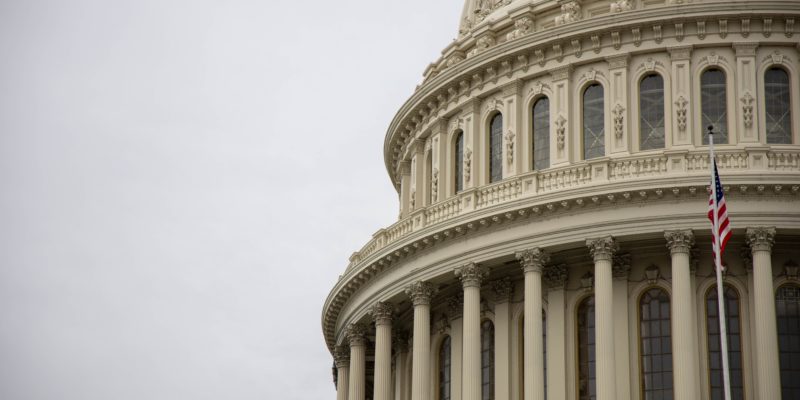Advertisers have been stopping their ads from appearing against a growing list of current-affairs keywords rather than have their brand appear alongside coverage of controversial political events. But advertisers shouldn’t discount political audiences completely – data from political campaigns can inform non-political advertising.
Takeaways:
- Avoiding content that carries potentially negative connotations is not uncommon; agencies have been encouraging advertisers to avoid a broad list of bad news, from ‘Coronavirus’ to Trump’. Advertisers pulled ads from social media, news sites and TV within an hour of Trump supporters attacking the Capitol.
- The divisiveness that has accompanied President Trump’s politics has kept many advertisers away from news altogether. But his departure from the Whitehouse, has raised hopes that a more ‘brand safe’ Biden presidency will improve advertising prospects for news publishers.
- One American publisher at least is highlighting the potential for using data from political campaigns to target non-political advertising in their publications. Leading US magazine publisher Meredith sees data on political affiliation as a proxy for broader consumer interests ahead of ‘almost any other demographic information at their disposal’.
Turning a negative to a positive
Showing brand messaging next to related content has sat at the very heart of commercial publishing for as long as ad-funded publications have existed.
- Third-party tracking data encouraged advertisers to give up direct control of this context in return for unlimited reach. But scale couldn’t compensate for an increasing number of negative ad placements and brands have turned to keyword blocking to control their exposure.
- A less divided social and political scene would help current affairs publishers suffering from marketers aversion to bad news. But failing the outbreak of world peace, publishers need to find a way to work with the reality of current social norms and leveraging political data outside the political arena may provide one way forward.
- MNI Targeted Media, Meredith’s media planning and buying division, saw a 2200% increase in revenue amid record political campaign spending in 2020. Now the company is eyeing an opportunity to use about 1,000 new audience data segments generated from these campaigns to serve advertisers in non-political categories such as retail.
- With politics a passion point for people, marketers were able to build out existing demographic data with ‘psychographic and modality data’ that helped build a picture of audiences’ interests and their propensity to buy. MNI dug so deep into audience demographics to deliver political advertising campaigns it can now leverage the data across other categories.
The roll-up
Political advertising may not be as lucrative in other parts of the world as it is in the United States, but the lessons of leveraging multiple first-party datasets to secure brand budgets for targeted advertising are universal.
“Reaching the right audience and making sure you’re in front of the right people is really only 50% of the battle,” said MNI VP of digital, Matthew Fanelli. “Getting that granular is really what the holy grail is.”
And, as we reported recently, there is evidence to suggest that advertising on a favoured news site also brings positive reinforcement to advertiser messaging.









